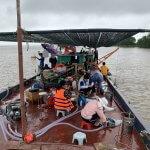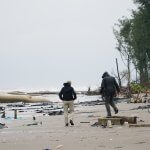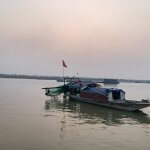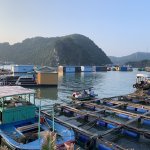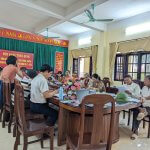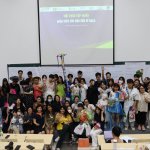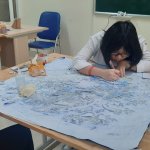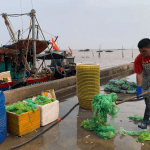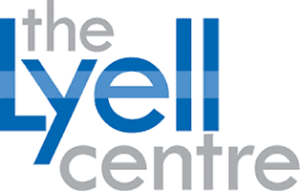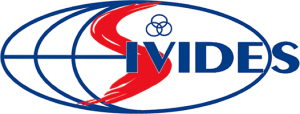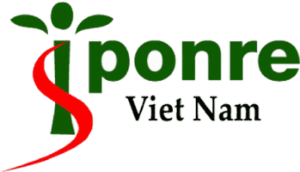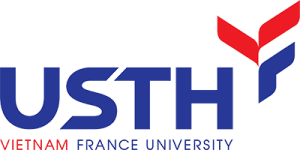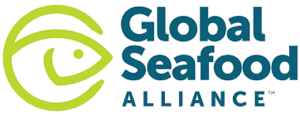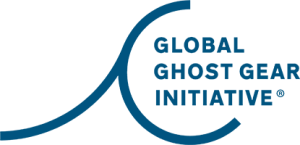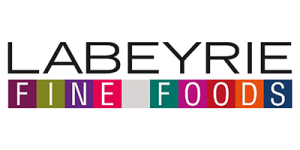Góc chia sẻ thông tin
🌊 Bạn đang ấp ủ một giải pháp đổi mới để giảm thiểu rác thải nhựa tại Việt Nam?
�Đừng bỏ lỡ cơ hội tham gia Chương trình IPPIN Accelerator+ 2025 – chương trình hỗ trợ tăng tốc sáng kiến giảm thiểu ô nhiễm nhựa được tổ chức bởi CSIRO, cơ quan khoa học quốc gia của Úc và được hỗ trợ bởi Bộ Ngoại giao và Thương mại Úc (DFAT) và các đối tác chính phủ tại các quốc gia Indonesia, Thái Lan và Việt Nam.
🎯 Chương trình hướng đến hỗ trợ các cá nhân, startup và tổ chức đang tiên phong trong lĩnh vực đổi mới sáng tạo về nhựa. Tại đây, bạn sẽ nhận được:
✅ Hỗ trợ chuyên sâu về tăng trưởng doanh thu, xây dựng quan hệ đối tác và sẵn sàng đầu tư�✅ Huấn luyện 1:1 cùng các chuyên gia giàu kinh nghiệm�✅ Các buổi hội thảo, chia sẻ thông tin hàng tuần và kết nối mạng lưới toàn cầu
Từ năm 2022, IPPIN tại Việt Nam đã đồng hành cùng 33 đội ngũ tiên phong và chúng tôi đang tìm kiếm những gương mặt tiếp theo tạo ra sự thay đổi tích cực 💡
📌 Hạn nộp hồ sơ được gia hạn đến: 8/6/2025�👉 Thông tin chi tiết và Đăng ký ngay tại: https://lnkd.in/gux4JtiQ
Cùng nhau hành động vì một tương lai không còn rác thải nhựa ♻️
#IPPIN #VietnamInnovation #ChongRacThaiNhua #PhatTrienBenVung #CircularEconomy #GreenStartups #AcceleratorProgram #EndPlasticWaste 🌊 Don’t miss the chance to join the IPPIN Accelerator+ 2025 Program – an accelerator supporting plastic pollution reduction initiatives, delivered by CSIRO, Australia’s national science agency, and supported by the Australian Department of Foreign Affairs and Trade (DFAT) in collaboration with government partners from Indonesia, Thailand, and Viet Nam.
🎯 The program is designed to support startups, institutions and organizations leading innovations in plastic management. Participants will receive:
✅ In-depth support on revenue growth, partnership development, and investment readiness�✅ One-on-one coaching with experienced coaches�✅ Weekly workshops, knowledge sharing, and access to a global network
Since 2022, IPPIN Viet Nam has supported 33 pioneering teams, and now we’re looking for the next changemakers to drive meaningful impact 💡
📌 The application deadline has been extended to 8 June 2025�👉 Learn more and apply now: https://lnkd.in/gux4JtiQ
Let’s take action together for a plastic-free future ♻️�#IPPIN #VietnamInnovation #EndPlasticWaste #Sustainability #CircularEconomy #GreenStartups #AcceleratorProgram


